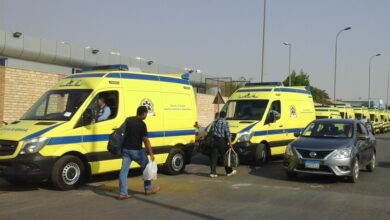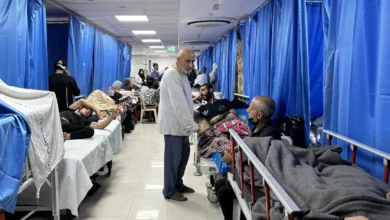Investments worth LE4.3 billion have been allocated to complement the first phase of the 1000 Villages Poorest Initiative, the Egyptian government announced on Monday.
The initiative involves 12 targets for development, with education, health, and water at the top of the list of priorities, according to the government's Social Pact Center.
The project was initiated by Gamal Mubarak, who heads the ruling National Democratic Party's Policies Secretariat. The initiative is perceived by some as an attempt by the president's son to appeal to farmers' communities.
The center's chairman, Sahar al-Taweela, said in a press conference on Monday that the program will cover nine governorates, serving 10-12 million citizens.
The first stage will include six governorates: Minya, Assiut, Sohag, Qena, Beheira, and Sharqiya–home to roughly 1.7 million people, al-Taweela said.
The development programs will focus on educational infrastructures, healthy drainage facilities, new roads, literacy classes, health services, fire-fighting services, social solidarity, postal services, and housing units, among other services.
Initial findings in villages covered by the first phase have revealed that the scope of the population below the poverty line has expanded to 84 percent of Egyptians.
The average expenditure gap in these areas is estimated at LE50 per month–the amount which each citizen needs in order to surpass the poverty line.
Preliminary scans of target villages confirmed a lack of health units in 25 percent of those areas, while villages which do have health facilities lacked vaccines for insect and reptile bites.
38 percent of the population at these villages have a permanent job, while the rest are either employed intermittently or permanently jobless, according to early findings.




